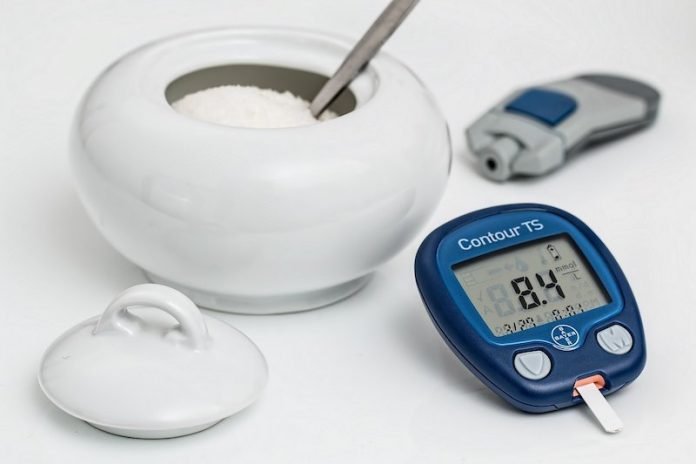
In a new study from Newcastle University, researchers found that the amount of fat stored in the liver is higher in people with type 2 diabetes (T2D), whatever their BMI.
It also suggested that levels of liver fat currently considered to be healthy can be metabolically harmful in people with a normal BMI, causing T2D.
The most common form of diabetes, T2D occurs when the pancreas can’t make enough insulin (a hormone that helps turn the sugar in food into energy) or the insulin it makes doesn’t work properly.
Previously, researchers showed that an intensive weight loss program delivered by GPs can put T2D into remission in people who are overweight.
This new study suggests that excess fat stored in the liver and pancreas drives the development of T2D—and loss of this intra-organ fat is key to remission.
It is known that the excess fat in the liver prevents insulin from working properly, while fat in the pancreas is thought to stop the insulin-producing cells from working properly.
In the study, the team looked at whether intra-organ fat is also elevated in people of normal weight with T2D. It also examined how levels of intra-organ fat changed after weight loss-induced remission.
It used data from two BMI categories. The first was made up of 56 who had an average BMI of 35.1, which is in the obese range, and an average age of 53.
The second cohort was made up of 15 participants who had an average BMI of 24.3, which is in the normal range, and an average age of 58.
Both cohorts followed a weight management program designed to bring about remission of T2D through 10-15% weight loss.
This involved consuming 800 calories a day (from low-calorie soups and shakes) to induce weight loss, followed by support in maintaining their new weight.
The team found liver and pancreatic fat were higher in those with diabetes, whatever their BMI, than in the controls and fell with weight loss.
Liver fat fell dramatically in both groups of participants.
A similar proportion of people in both groups achieved remission of their T2D (60% and 67%, respectively). Remission was defined as was defined HbA1c (average blood sugar level) of less than 48mmol/mol and off all medication.
The researchers say their results show that levels of liver fat vary with weight and that the threshold for a healthy level of liver fat should take into account a person’s BMI.
If you care about diabetes, please read studies about this drug could help reduce stroke, heart attacks in people with diabetes and findings of this drug combo could effectively control blood sugar in people with diabetes.
For more information about diabetes and your health, please see recent studies about this sleep problem linked to blinding eye disease in people with diabetes and results showing that this diet may help treat neuropathy in diabetes.
The study was presented at the Annual Meeting of the European Association for the Study of Diabetes. One author of the study is Professor Roy Taylor.
Copyright © 2021 Knowridge Science Report. All rights reserved.



